Beans & Rice in a bin???
mr_yan
12 years ago
Featured Answer
Sort by:Oldest
Comments (10)
Worms4Tracy
12 years agoPeterK2
12 years agoRelated Professionals
Belmont Landscape Architects & Landscape Designers · Salem Landscape Architects & Landscape Designers · Williamsburg Landscape Contractors · Amesbury Landscape Contractors · Gloucester Landscape Contractors · Overland Park Landscape Contractors · San Antonio Landscape Contractors · North Hills Landscape Contractors · Galena Park General Contractors · Great Falls General Contractors · Martinsville General Contractors · Mount Vernon General Contractors · Palatine General Contractors · Pasadena General Contractors · West Whittier-Los Nietos General Contractorsmr_yan
12 years agomorgan_3
12 years agomr_yan
12 years agoequinoxequinox
12 years agopatrick1969
12 years agomorgan_3
12 years agoantoniab
12 years ago
Related Stories
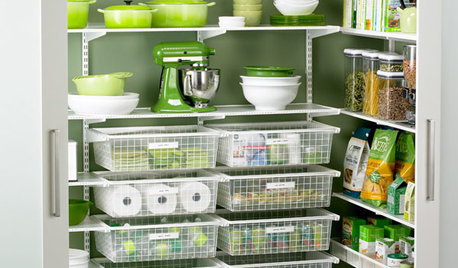
PRODUCT PICKSGuest Picks: 21 Nifty Pantry Organizers
Just say no to pantry chaos with these containers, racks, bins and other storage wonders
Full Story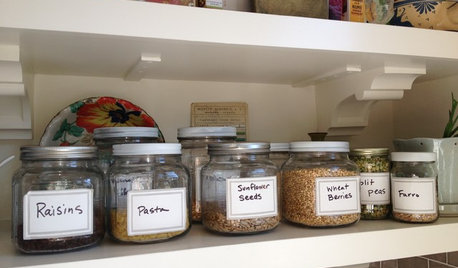
KITCHEN STORAGEArtful Organizers: Jars for Pretty Pantry Displays
Ditch the disheveled look of mismatched boxes and bags for colorful or clear pantry jars in an appealing arrangement
Full Story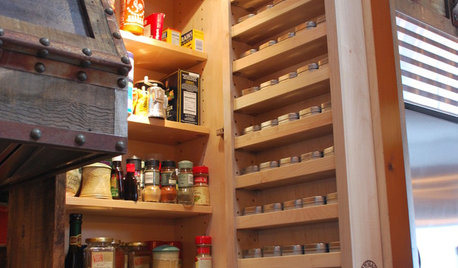
KITCHEN DESIGN7 Steps to Pantry Perfection
Learn from one homeowner’s plan to reorganize her pantry for real life
Full Story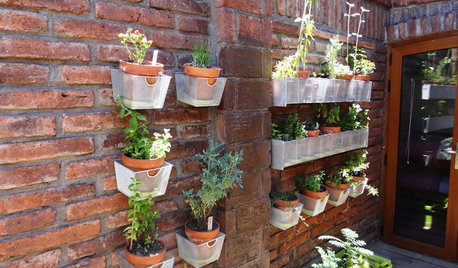
EDIBLE GARDENSHouzz Call: Where Are the Craziest Places You Grow Edibles?
Basil in a bathtub, spinach stacked up a wall ... If your edibles occupy an odd spot, we’d like to know
Full Story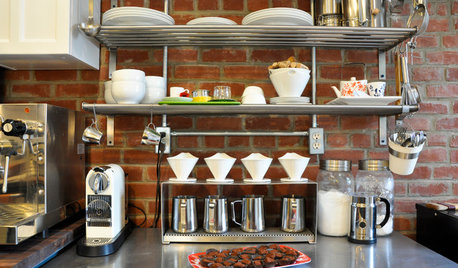
SHOP HOUZZHouzz Products: Set Up Your Dream Coffee Station
Wouldn’t it be nice to have your own café that never closes? With these tools and accessories from the Houzz Products section, you can
Full Story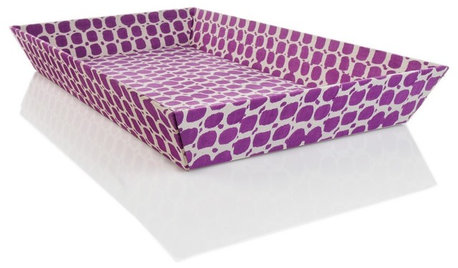
DECORATING GUIDES41 Great Gifts for Home Decor
Houzz Gift Guide 2010: Color, Fun and Style for the Rooms We Use Most
Full Story
DECORATING GUIDESFresh Take: 13 Great Ways to Say Yes to Plaid
Give your room a dose of the unexpected with plaid’s classic lines in nearly infinite colors and materials
Full Story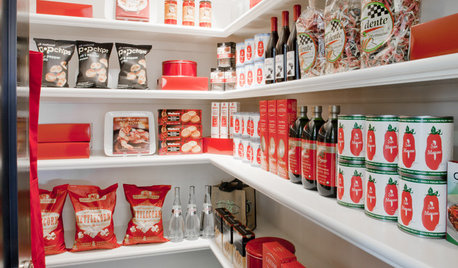
KITCHEN STORAGEGet It Done: How to Clean Out the Pantry
Crumbs, dust bunnies and old cocoa, beware — your pantry time is up
Full Story
FEEL-GOOD HOME12 Very Useful Things I've Learned From Designers
These simple ideas can make life at home more efficient and enjoyable
Full Story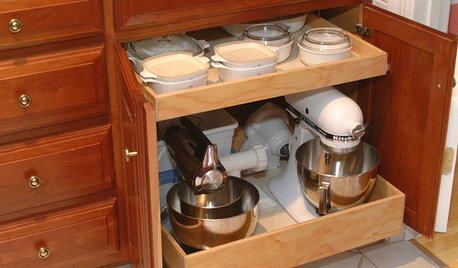
KITCHEN APPLIANCESConsidering a New Kitchen Gadget? Read This First
Save money, time and space by learning to separate the helpers from the hassles
Full StoryMore Discussions






PeterK2